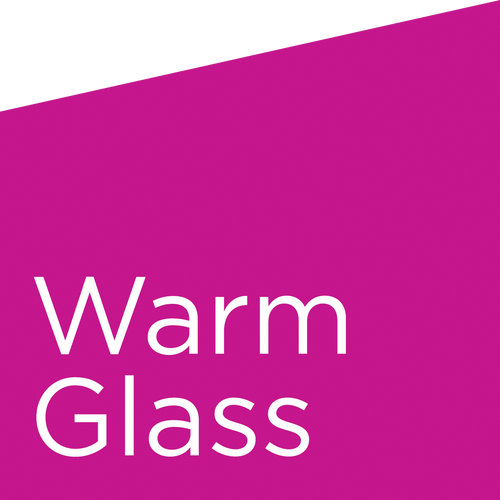
About Fused Glass
Fusing glass is the process of combining and firing separate layers of clear, coloured, textured and shaped glass in a kiln at high temperatures to create an artistic or functional piece of art, tiles and jewellery.
For great tips and techniques in fusing glass, informative videos and for tested firing schedules, take a look at our Knowledge Base.
We stock the largest range of fusing glass supplies in the UK, including the full range of high-quality, coloured products from Bullseye:-
We have selected Bullseye Glass because their range of hand made fusing glass is of the highest quality with the most vibrant colours and exciting patterns. Each sheet is hand rolled and each batch tested for compatibility which ensure an unrivalled consistency and quality.
History
Fusing glass as a craft is believed to have begun approximately 4,000 years ago in Egypt where there is some archaeological evidence to support workshops for fused glassware, though it is only during the Roman era that the technique is known to have become widespread use. It was also during the middle Roman period that glassblowing was developed which quickly supplanted fusing as the primary means of manufacture as it was more efficient and easier to produce. As such fused techniques remained out of favour until the second half of the 20th century when the "Studio" movement of the early 1960's in the USA revived it as a medium for creative artists and home hobbyists.
Bullseye Company began creating their range of CoE90 factory-tested items in the 1970s and today manufactures more than 1,000 products for studio artists, and remains the professional choice for fusing and slumping.
Techniques
The most common fusing technique is stacking, which involves the layering of thin sheets of different colours, sizes and textures and then heating them in a kiln at high temperatures to fuse them together into a single piece. The fusing process consists of rapid heating cycles (ramps) and constant temperature plateaus (soaks) which control how the separate pieces are bonded together. Once the target design is created, the temperature is reduced in stages - typically over 10-12 hours - to ensure the item cools evenly and does not crack. Producing larger, functional pieces like bowls or dishes generally requires two or more separate firings: one to fuse and bond the glass and the second to mould it to the required shape.

